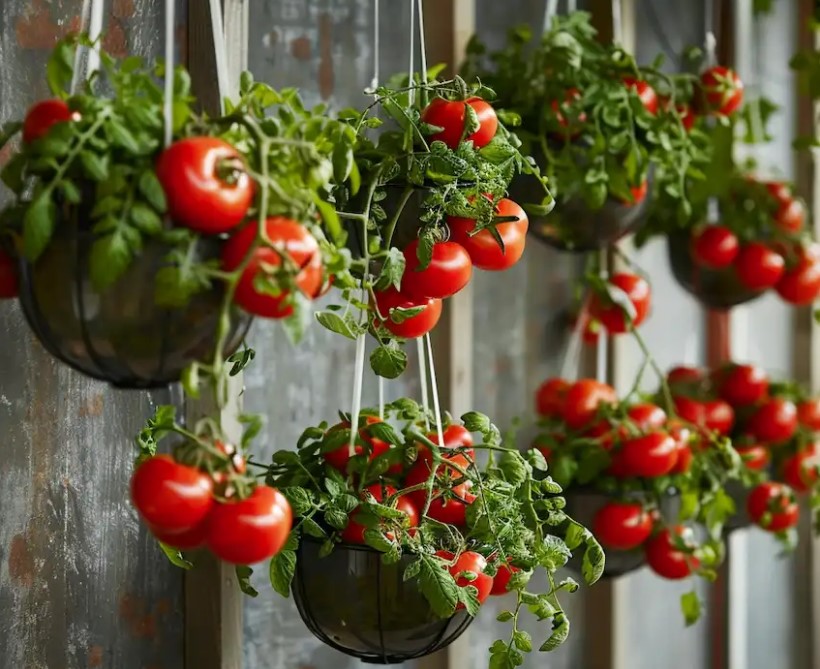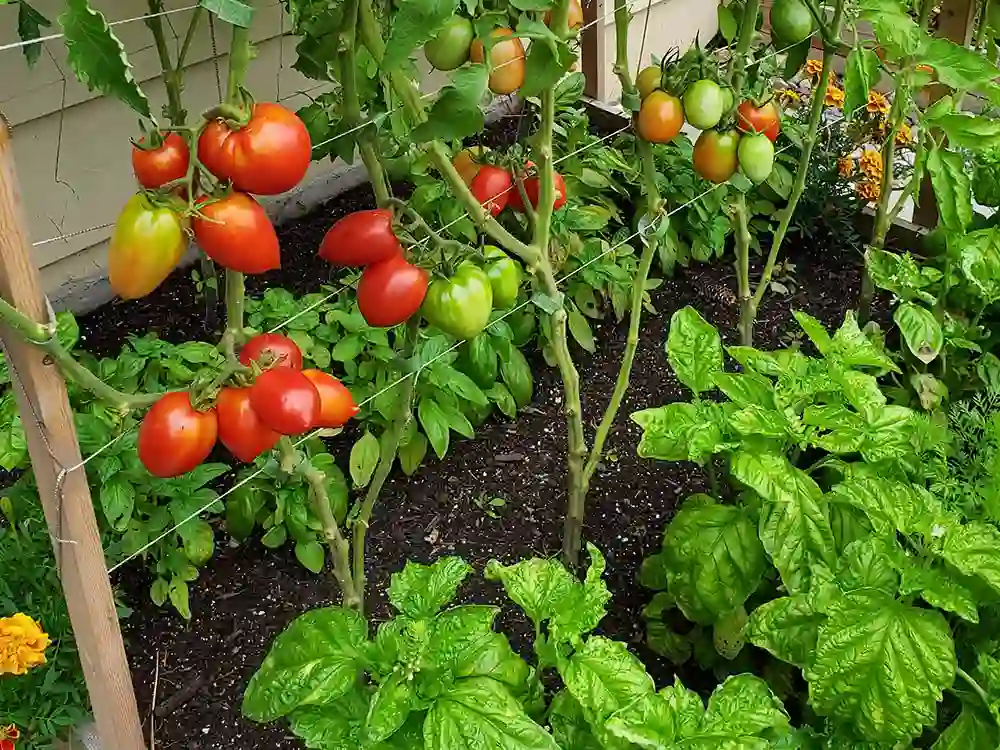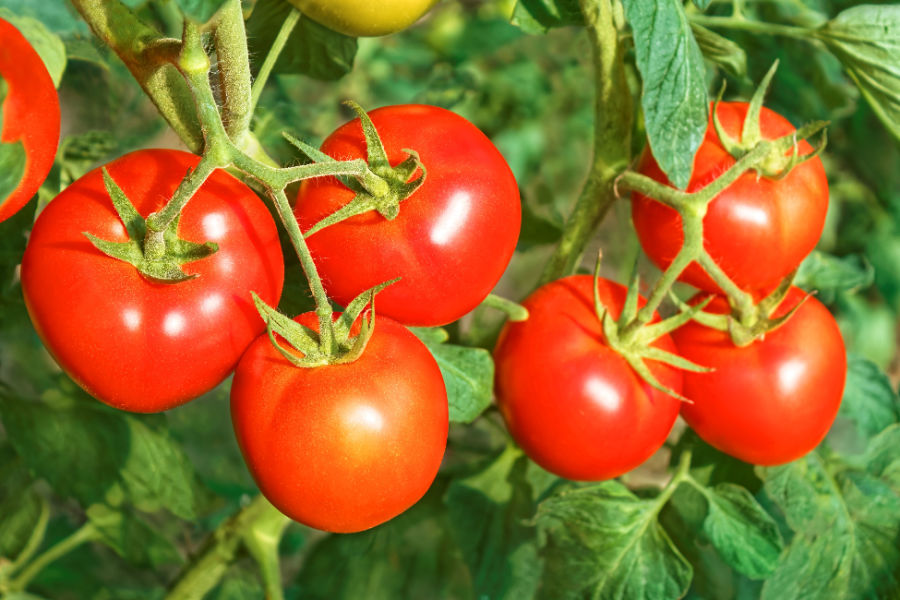Grape tomatoes, with their sweet flavor and convenient bite-sized shape, are a favorite among home gardeners. One of the best things about grape tomatoes is that they can be successfully grown in containers, making them a perfect addition to your balcony, patio, or small garden space. In this article, we will walk you through the steps to grow grape tomatoes at home in containers so that you can enjoy these delicious fruits all summer long.
1. Selecting the Right Container
The first step in growing grape tomatoes at home is choosing the right container. You’ll want a container that is at least 5 gallons in size to provide enough room for the tomato plants to thrive. Ensure that your chosen container has drainage holes to prevent waterlogged soil, which can lead to root rot.
2. Choosing the Right Tomato Variety
Grape tomatoes come in various varieties, and you can choose the one that best suits your taste. Some popular grape tomato varieties include Sweet 100, Super Sweet 100, and Cherry Gold. Look for determinate or bush-type varieties, as they tend to grow more compactly, making them ideal for containers.
3. Soil Selection and Preparation

Use a high-quality potting mix with good drainage capabilities. You can also add a handful of compost or well-rotted organic matter to improve the soil’s fertility. Fill your container almost to the top, leaving about an inch or two from the rim to allow for easy watering.
4. Planting Grape Tomato Seeds or Seedlings
You have two options when it comes to planting grape tomatoes: from seeds or seedlings. If you choose to plant from seeds, sow them about 1/4 inch deep in the container. Ensure that they are evenly spaced. For seedlings, transplant them carefully into the container, making sure they are at the same depth as they were in their original containers.
5. Providing Adequate Sunlight
Grape tomatoes, like other tomato varieties, require plenty of sunlight to grow and produce fruit. Place your container in a location that receives at least 6-8 hours of direct sunlight each day. If you’re growing them on a balcony, ensure they get adequate light.
6. Watering and Fertilizing
Water your grape tomato plants consistently to keep the soil evenly moist, but not waterlogged. A regular watering schedule, such as every two to three days, is usually sufficient. Use a balanced, water-soluble fertilizer and feed your plants every two to three weeks during the growing season. Be cautious not to over-fertilize, as this can lead to excessive foliage growth at the expense of fruit production.

7. Supporting Your Tomato Plants
As your grape tomato plants grow, they may need support. Use stakes or tomato cages to prevent them from toppling over and to keep the fruit off the ground. This helps improve air circulation and reduces the risk of disease.
8. Pruning and Maintenance
Grape tomatoes are indeterminate, which means they can produce fruit continuously. To encourage healthier growth and more abundant fruit production, pinch off the suckers (the small shoots that appear in the leaf axils) regularly. This diverts the plant’s energy towards fruit development.
9. Pest and Disease Management
Keep an eye out for common tomato pests such as aphids, whiteflies, and hornworms. Regularly inspect your plants for signs of disease, such as early blight or powdery mildew. If issues arise, treat them promptly with appropriate organic or chemical solutions.
10. Harvesting Grape Tomatoes
Grape tomatoes are ready for harvesting when they are firm, shiny, and have reached their full color. Gently twist or cut the fruit from the plant to avoid damaging the vines. Harvest regularly to encourage more fruit production.

Growing grape tomatoes at home in containers is a rewarding endeavor that allows you to enjoy the sweet taste of these little gems all season long. With the right container, proper care, and some attention to detail, you can have a bountiful harvest of grape tomatoes even if you have limited gardening space. So, roll up your sleeves, get your hands dirty, and start growing your own delicious grape tomatoes at home. Happy gardening!









